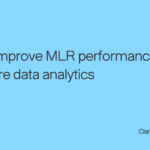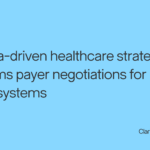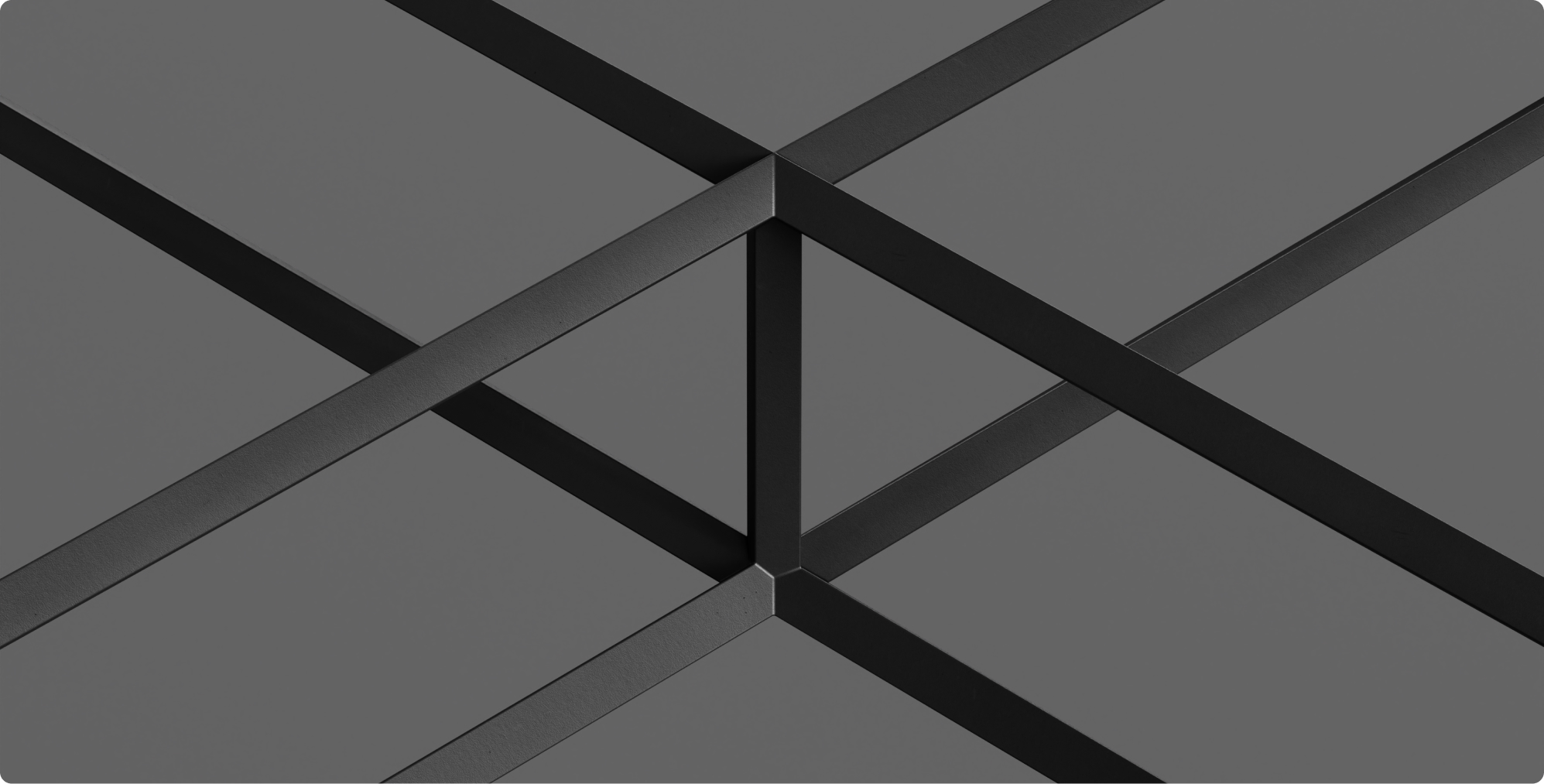At the beginning of Dr. Anikia Nelson’s career, she realized she wanted to have an impact beyond the scope of direct patient care. She’s making a big impact here at Clarify Health as our Senior Director of Clinical Product Management. She’s a physician by training and now specializes in driving Clarify’s product strategy and roadmap to enhance clinical nuance, improve actionability and ensure the most impactful use of social determinants of health (SDoH) insights. Read our Q&A below, where we discuss health equity, battling physician bias and more. I work directly with our product managers across Clarify’s products for payers, providers, and life sciences companies on specific initiatives that are clinically focused. I’m working to improve how our products measure provider performance and the actionability of our analytics. Clarify’s case mix adjusted benchmarks identify areas of opportunity to improve provider performance. And what I’ve done is ensure our software is providing insights in the most clinically actionable way and answering questions such as: Bridging the gap between financial opportunity and clinical action is at the core of my work here. During college, I volunteered in underserved communities in Boston and got a sneak peek into some of the health disparities that exist despite proximity to some of the best medical providers in the country. Throughout my medical training, I saw firsthand some of the root causes of those inequities, like provider bias. For example, we had Black kids come into the hospital with very painful sickle cell crises, only to be labeled as drug seekers by health professionals. As a Black woman, I also experienced microaggressions and discrimination as both a doctor and a patient in the healthcare system. For example, I was denied pain medicine after childbirth and my healthcare team did not listen to me or my husband’s concerns, resulting in a preventable NICU stay for our son. All these experiences fuel my passion for making sure we remove the obstacles that systematically prevent people from attaining their full potential, health-wise. Clarify is well-positioned to empower our customers in this work because of the data and analytics we provide. We are committed to building analytics that power better care for everyone. Because of our data assets and capabilities, we are the industry leader in delivering insights into health disparities. For example, we have a product on the market called Clarify Trials, which helps improve diversity and inclusion in clinical research by identifying physicians treating eligible patients in underserved communities. We’re currently rolling out our health equity analytics roadmap, a plan to improve or include nuanced health equity analytics across our entire product suite. From identifying the root causes of systemic disparities in diagnosis and treatment for specific patient journeys, to quantifying the impact of achieving equity, to rewarding provider behaviors that drive equity through alternative payment models and incentives, our data driven solutions will help close gaps. With the social drivers of health data we have today we can stratify the metrics that we typically measure by social factors and assess the impact of social characteristics of patient populations. For example, we can look at differences in prevalence of certain conditions, across different races. We can look at the rates of care delivery, across different races and ethnicities. That will essentially highlight areas where the inequities exist. And then you can track those stratified metrics over time to get at the progress of certain interventions that are put in place to close those gaps and identify unintended consequences. For starters, there are a lot of tools out there, like the implicit bias test and implicit bias training, which can be incorporated into continuing education for all providers and trainees. Several organizations (Onboard Health for example) provide diversity, equity and inclusion training for healthcare organizations. Increasing diversity, equity and inclusion in the healthcare workforce can also help increase physician awareness about bias, and it can also save lives. For example, one study suggested decreased neonatal mortality for Black infants when the neonatologist race matches the baby’s race. No matter the strategies employed to decrease bias, taking a data driven approach helps ground the organization in their reason for pursuing equity – ensuring better care for every patient. Regularly reporting health outcomes and process metrics stratified by race, ethnicity and SDoH is essential to keep everyone focused on this goal. Raising the Bar is a multi-stakeholder initiative that I learned about through my involvement with the Healthcare Transformation Task Force (HCTTF) and it’s a great resource for any healthcare professional or organization that needs a resource for achieving equity. Raising the Bar gives healthcare leaders valuable tools for improving health and health equity by developing frameworks and sharing real-world applications. As part of the HCTTF, I get to hear from healthcare leaders with boots on the ground, and I commonly hear that they struggle to decide what to do first or how to allocate their resources. What Raising the Bar has done is identify five foundational principles, four transformational roles for payers and providers and other healthcare organizations, and 14 strategic actions that these organizations can take to achieve equity. The outline of that framework is really helpful for organizations that want to work towards health equity, but don’t know where to start because it’s such a longstanding problem and a very layered problem. The way that Raising the Bar has outlined these actions and these roles makes it more approachable and gives folks the breadcrumbs to start moving in the right direction. For example, if you’re a provider, action one on the framework talks about facilitating access to care for people with diverse life circumstances. That could look like providing greater access to telehealth or remote monitoring or softening your no-show policies, so you accommodate people who have transportation issues or who struggle to get time off work to travel across town for an appointment. On the payer side, action eight talks about working with community organizations in partnership. For a payer that could look like working with community organizations that are on the ground to facilitate addressing the social drivers of health for your members, such as homelessness or food insecurity. Those are just two discrete actions that the framework outlines and some tangible ways that customers like ours can work towards equity through data driven interventions. Achieving health equity is a difficult, yet necessary task. However, I believe with the right data, analytics and a patient/community centered framework, it’s possible to make meaningful, impactful progress. For more information on how you can get involved, check out Healthcare Transformation Task Force and Raising the Bar.What’s your role at Clarify Health?
How did you develop your passion for advancing health equity?
How is Clarify helping to address health inequities through its analytics?
What can physicians do to increase their awareness about bias?
Where can healthcare organizations turn for help addressing health equity?
- Author Details





